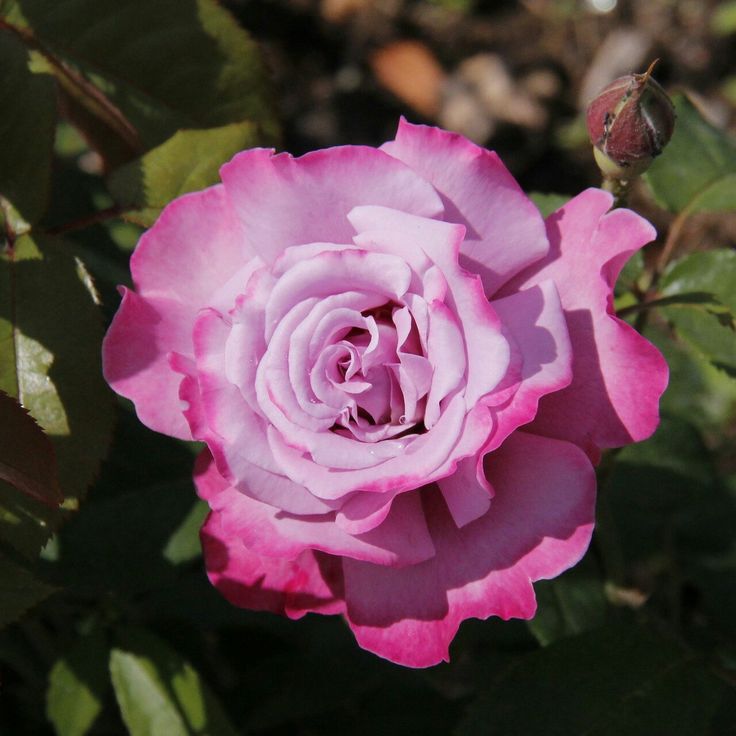Companion planting is a time-honored gardening technique that involves growing compatible plants together to enhance growth, deter pests, and improve overall garden health. By strategically pairing plants based on their natural affinities and beneficial interactions, you can create a balanced ecosystem that minimizes pest problems and promotes plant vigor without the need for chemical pesticides. In this guide, we’ll explore the principles of companion planting for pest control and provide practical tips for implementing this natural gardening strategy in your own garden.









How Companion Planting Works for Pest Control
Companion planting relies on the concept of plant partnerships and mutual benefits between different species. By strategically pairing plants with complementary characteristics, you can create a diverse and resilient garden ecosystem that naturally repels pests, attracts beneficial insects, and promotes overall plant health. Some common ways companion planting helps control pests include:
- Repellent Properties: Certain plants produce natural compounds or aromas that repel pests and deter them from feeding on neighboring plants. By interplanting these repellent plants with susceptible crops, you can create a barrier that protects against pest damage and reduces the need for chemical pesticides.
- Attracting Beneficial Insects: Companion plants can attract beneficial insects such as ladybugs, lacewings, and predatory wasps that feed on garden pests like aphids, caterpillars, and mites. By providing habitat and food sources for these beneficial insects, you can increase their populations and encourage them to patrol your garden for pest control.
- Masking Scents: Some companion plants emit strong odors or volatile compounds that mask the scent of host plants, making them less attractive to pests. By interplanting these masking plants with susceptible crops, you can confuse pests and disrupt their ability to locate and infest their preferred host plants.
- Trap Cropping: Certain companion plants act as “trap crops” that attract pests away from valuable crops, serving as sacrificial plants that lure pests away from the main garden. By sacrificing a few plants to protect the rest of the garden, you can minimize pest damage and reduce the need for chemical interventions.
Common Companion Planting Strategies for Pest Control
Here are some popular companion planting strategies for controlling pests naturally in your garden:
- Planting Alliums to Repel Pests: Alliums such as garlic, onions, and chives contain compounds that repel a wide range of garden pests, including aphids, cabbage worms, and carrot flies. Interplanting alliums with susceptible crops like tomatoes, peppers, and brassicas can help deter pests and reduce damage.
- Growing Aromatic Herbs for Pest Control: Aromatic herbs like basil, mint, and rosemary emit strong scents that repel pests and attract beneficial insects to the garden. Planting these herbs among vegetables, flowers, and fruit trees can help deter pests and enhance biodiversity in the garden.
- Interplanting Flowers for Beneficial Insects: Many flowering plants, such as marigolds, calendula, and yarrow, attract beneficial insects like ladybugs, hoverflies, and parasitic wasps that prey on garden pests. Interspersing these flowers throughout the garden or planting them in borders and hedgerows can provide habitat and food sources for beneficial insects and improve pest control.
- Companion Planting with Trap Crops: Certain plants, such as nasturtiums, borage, and sunflowers, act as trap crops that attract pests away from valuable crops. By planting trap crops around the perimeter of the garden or in strategic locations, you can lure pests away from susceptible plants and minimize damage.
Practical Tips for Implementing Companion Planting
Follow these tips to effectively implement companion planting for pest control in your garden:
- Research Plant Compatibility: Before planting, research which plants are compatible companions and which may have antagonistic effects on each other. Consider factors such as growth habits, nutrient requirements, and susceptibility to pests and diseases when selecting companion plants for your garden.
- Plan Your Garden Layout: Design your garden layout with companion planting in mind, grouping compatible plants together and avoiding combinations that may be detrimental to each other. Consider the specific needs and characteristics of each plant when arranging them in your garden beds, containers, or raised beds.
- Rotate Crops Regularly: Practice crop rotation in your garden to prevent the buildup of pests and diseases in the soil. Rotate crops annually to different areas of the garden, following a schedule that minimizes pest pressure and promotes soil health and fertility.
- Monitor Pest Populations: Keep an eye on pest populations in your garden and take proactive measures to manage pest outbreaks before they become severe. Use natural pest control methods such as hand-picking, spraying with insecticidal soap, or introducing beneficial insects to keep pest populations in check.
- Maintain Garden Hygiene: Keep your garden clean and tidy by removing weeds, fallen leaves, and debris that may harbor pests and diseases. Prune plants regularly to improve airflow and reduce humidity, which can help prevent fungal infections and other plant diseases.
Conclusion
Companion planting offers a natural and sustainable approach to pest control that harnesses the power of plant partnerships to promote garden health and productivity. By strategically pairing plants with complementary characteristics, you can create a balanced ecosystem that minimizes pest problems, attracts beneficial insects, and enhances overall garden vitality. Whether you’re growing vegetables, flowers, or fruit trees, companion planting offers a flexible and effective way to manage pests without relying on chemical pesticides. By incorporating companion planting strategies into your garden design and management practices, you can create a diverse and resilient garden ecosystem that thrives with minimal intervention, allowing you to enjoy the beauty and abundance of a healthy, pest-free garden throughout the growing season.